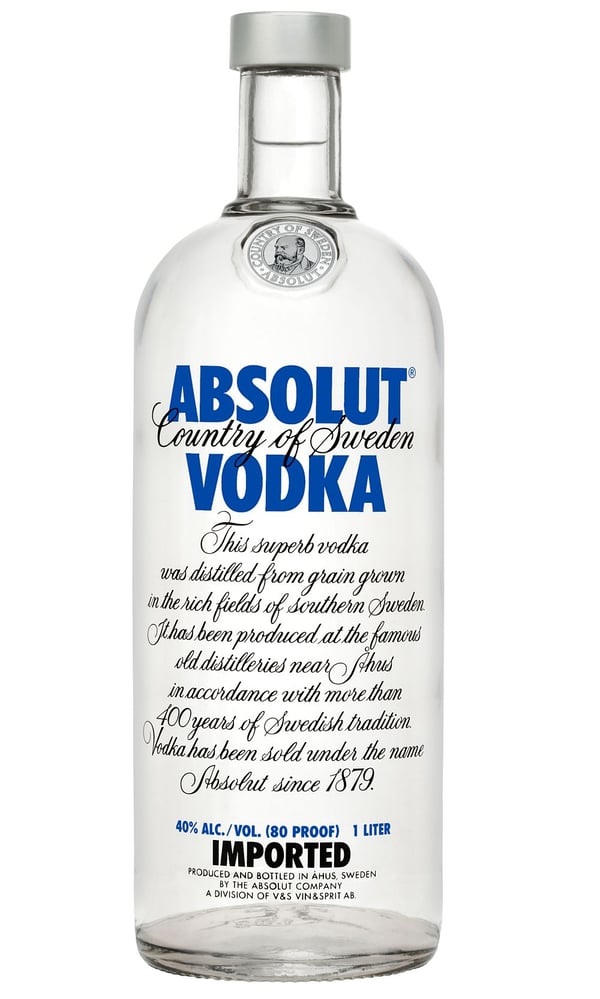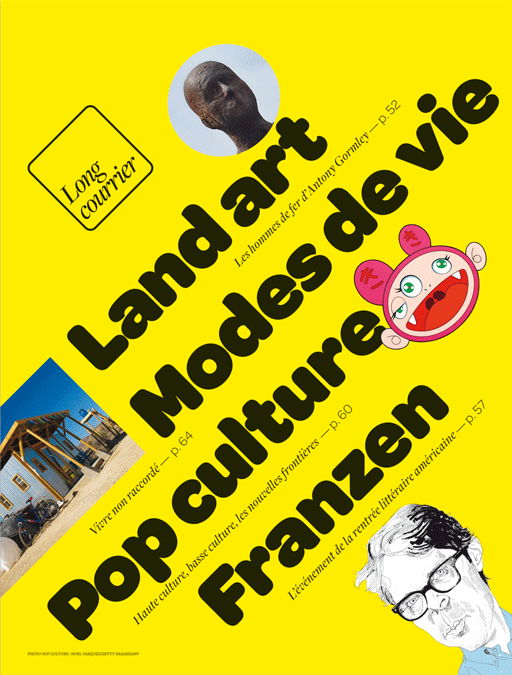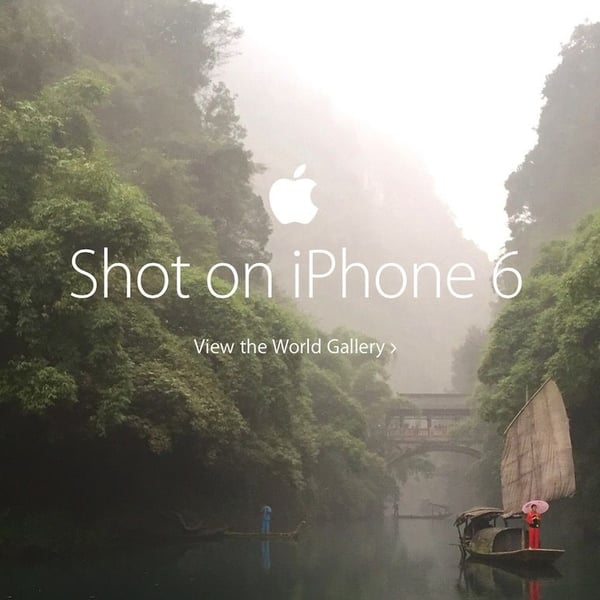Control the chaos and unleash your team's potential with Extensis Connect / Learn More
Control the chaos and unleash your team's potential with Extensis Connect / Learn More
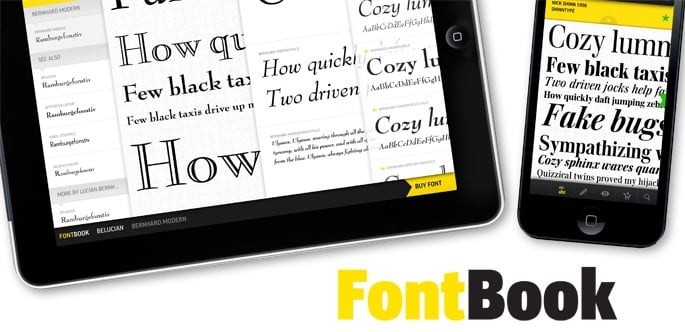
Pretty much every designer has seen a font they love on the web, a billboard, packaging, in a magazine…maybe even in a TV commercial. Maybe it’s an oldie but goodie, or a trendy new font that seems to be showing up just about everywhere. You want exactly that font to use in one of your projects.
The tough part is when you don’t know the font’s name.
We’ve all been there, right? That’s why I recently took an informal poll of some fellow designers on how they “find that font.” I asked them: Do you use a font-identifying website? Consult a “go-to” friend? Do you scour a print catalog hoping you find it? Maybe go about ID’ing through your knowledge of font anatomy?
What I found is that the “correct” is a combination of all of these options, with some interesting nuances in everyone’s unique specifics.
Designer extraordinaire and Shiny Advertising Creative Director and founder Shannon Stevens takes a stack-ranked “1-2-3″ approach. His first tack, he says, is
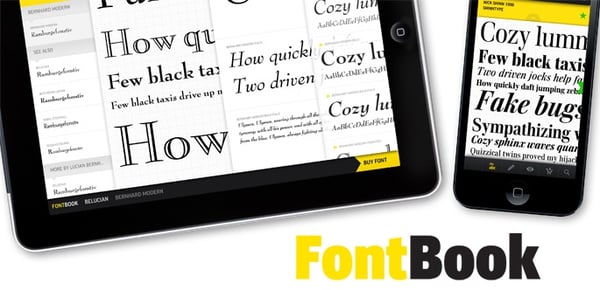
It should come as no surprise that there are several online resources to help you find that font. This article on I Love Typography provides several online font ID tools, including What the Font?!, FontShop and my personal favorite, Identifont. Veer.com‘s Font Finder lets you browse fonts by Styles and Classification.
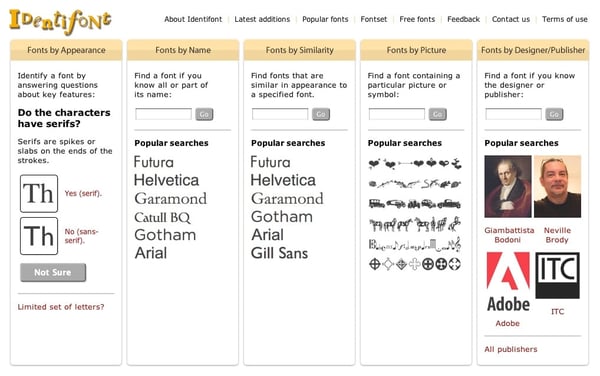
Of course the font-finding websites option may not work for everyone. Like many other pro designers, Owen Troy, owner/co-founder of Design des Troy has a veritable “font catalog” in his head. Even so, he confesses that certain font sites aren’t always his first go-to choice. “While it may seem like they should be leading me to the right font, they don’t ultimately give me the right answers,” he says. “However, the algorithmic and relatively democratic ‘fonts like this’ feature from my closest guess on myfonts (and then typing into the sample text the letters available to match) tends to get me to an answer pretty quickly. Repeat as necessary.”
This may be reserved for only the most hardcore typophiles. Blue Collar Agency Creative Director/Partner April Donovan points out that between companies commissioning new or modified versions of existing fonts, the slew of “hobbyist” fonts flooding the web, and knock-offs, variations—and spin-offs of all of them—finding the name of that font becomes that much more difficult.
April recalls having to memorize font names as part of her design school college days. “Part of our ‘Introduction to Typography’ course was to memorize typefaces for identification,” she says. “This was kind of hard at first, but then it became fun to drive around and have the ability to identify fonts used in signage and such. My roommates and I would drive into Reading, PA, to hit up Dairy Queen and we’d be yelling ‘Benguit! Hobo! Eeeeew, Curlz!”
Founder/Creative Director at NJ-based design firm Element 28, Brett Nichols, tends to initially take a similar approach founded in his design training. “Honestly, I’m pretty good at pinning down a font or its lineage because of how I was taught at RIT,” he says. “One of my professors required each student to provide three different hand-drawn font sets every week—10 weeks of class. One in pencil, one in pen, one in brush of EACH font. Royal pain in the a**, but It helped me identify characteristics of certain styles of typefaces that has served me well to this day.”
Even for pros like Owen Troy, spot ID’ing, and even websites don’t always result in a direct hit. “Like a spelling bee champ memorizing the rule-breaking oddballs, I need only memorize House, vllg and Hoefler&Co catalogs to keep up with a huge percentage of the type not on myfonts (if I had a penny for every time someone’s asked me to identify Neutra, Apex or Archer…) Free fonts aren’t often what people are looking to track down because they tend not to be too great,” he adds, “but dafont is a good backup which organizes by pretty specific themes and then by popularity, so when, say, Bleeding Cowboys or Tiza stump you, they’re not hard to find.”
Of course, if the font is already part of your project, we’d be remiss to not mention our own Font Sense™ technology—built into Universal Type Server and Suitcase Fusion—which identifies, locates, and activates the fonts for you. You can also see glyph-level comparison of characters to find a similar font to one in your collection with our unique QuickMatch™ technology built into Universal Type Client.
So there you have it, typophiles—a ton of resources to help you find that font that’s perfect for your next project. If you have any other “go-to” methods, please share in the comments—we’d love to hear from you.
And before you go, we challenge you to identify the fonts in the three photos below in the comments for fun.
